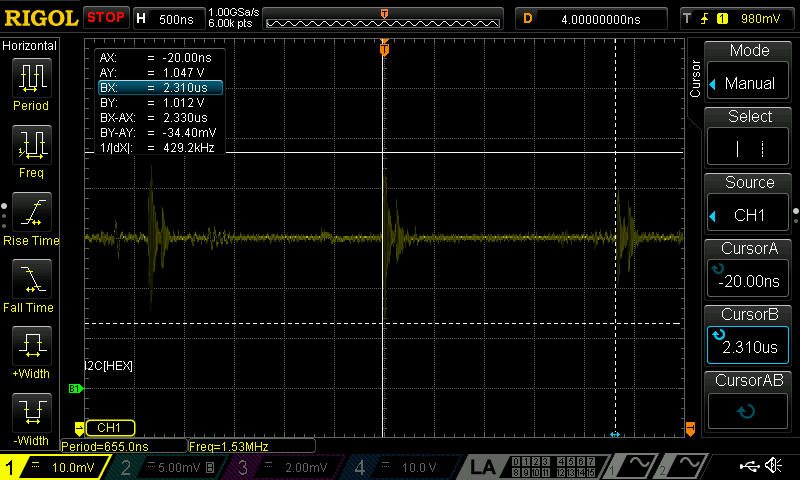I uses the INA126 to amplify a high side current sense resistor (0.01ohm).
In my test the Vload is 1.03V
The load is 90ohm
the V(rsense) is 170uV
the gain resistance RG is 34ohm -> gain = 2357
The INA126 output is 33mV -> Gain of ~200
I know the numbers does not add's up. I have some noise and my equipement is not suitable to measure below mV voltage.
Also, if Vout is 0, the INA126 output is below 0.
The INA connects directly to the resistor pads using kelvin connection.
The ina126 is powered with +12V, -5V and the REF pin is connected to GND (as it can be seen on the diagram).
I don't understand what is going on.
Do you have any idea of what is going on and why the gain is so wrong ?
Thank you a lot



